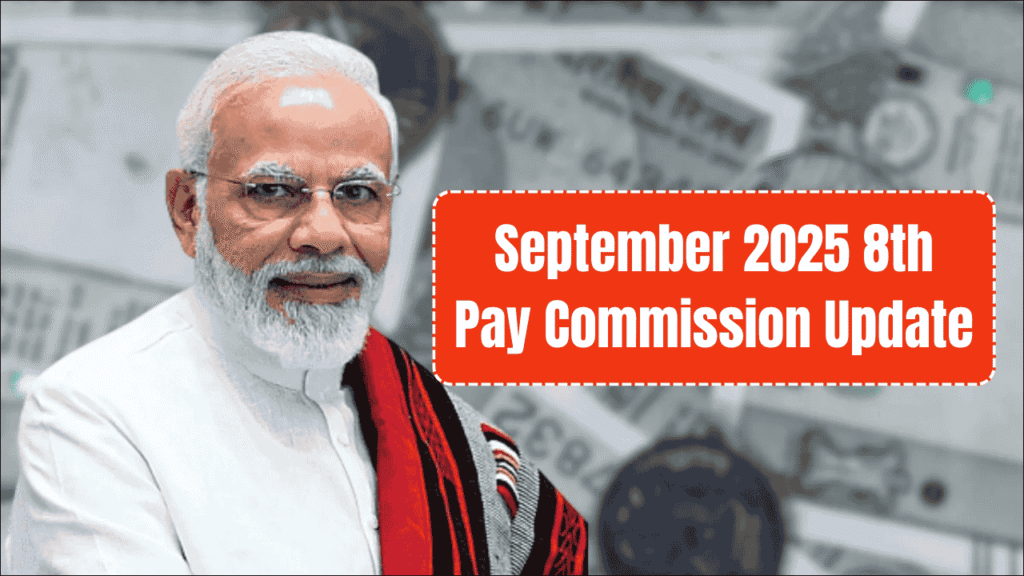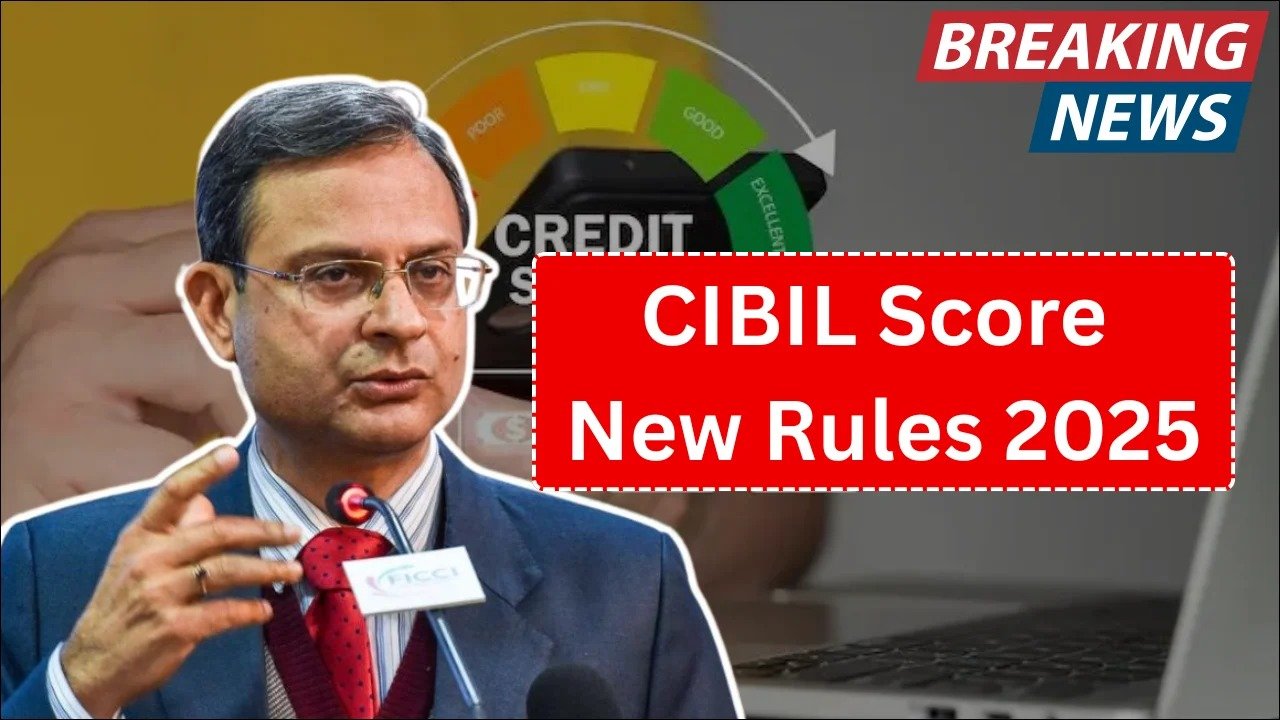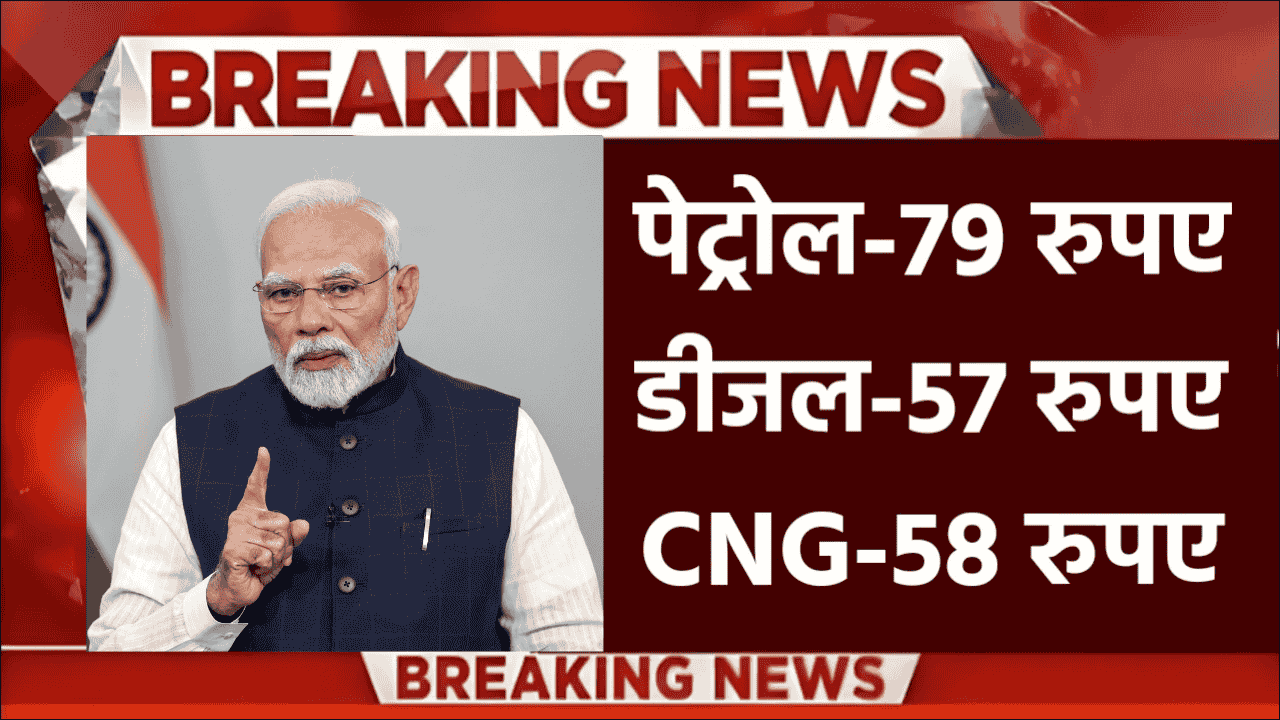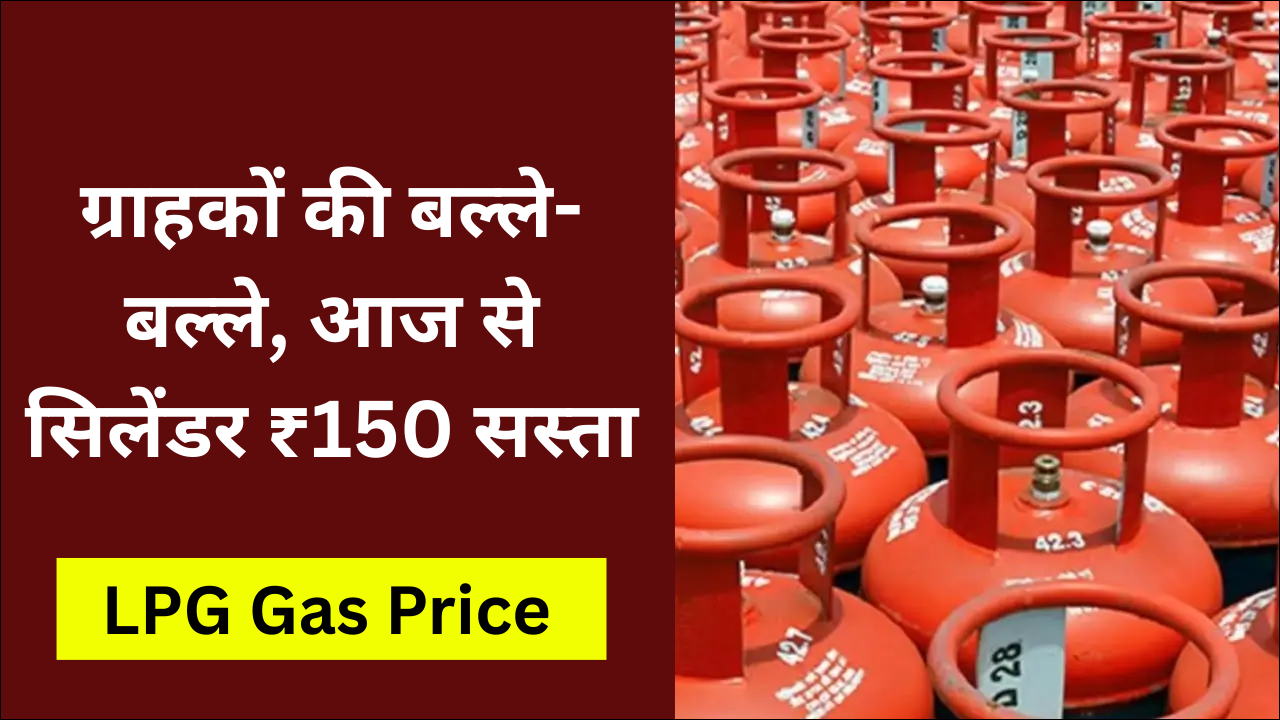
Important Clarification: While some sources claim the 8th Pay Commission was approved on January 16, 2025, official reports indicate that while the Union Cabinet approved the formation of the commission, no committee members have been appointed as of June 2025. The projections discussed below are estimates based on expected fitment factors.
Table of Contents
Major Salary Increase Projections
The 8th Pay Commission promises substantial salary improvements for government employees. The projected fitment factor ranges between 2.28 to 2.86, potentially raising the minimum basic pay from ₹18,000 to ₹41,000–₹51,480.
This represents approximately 127-186% growth for entry-level positions compared to current salaries. Reports suggest salary increases may range between 20-35%, though actual percentages will only be confirmed after the commission submits its report.
Mid-level and senior employees can expect proportional increases that will substantially improve their financial situation after years of inflation-adjusted demands.
Pension Benefits Enhancement
Pensioners are expected to see remarkable improvements in their monthly benefits. The current minimum pension of ₹9,000 could increase to ₹20,500-25,740 under the new pay commission structure.
This substantial increase would provide much-needed financial security to retired government employees who have been struggling with rising living costs. Dearness Relief (DR) may reset to zero upon implementation.
The enhanced pension structure aims to address historical disparities between different batches of retirees and provide equitable benefits.
Implementation Timeline and Challenges
The 8th Pay Commission is expected to be implemented from January 1, 2026, following the end of the 7th Pay Commission’s term. However, the formation of the commission committee and announcement of Terms of Reference (ToR) remain pending.
This delay may push actual implementation to late 2026 or early 2027. Any delay period will be compensated through arrears payments to ensure employees receive their due benefits retroactively.
Government departments are working to finalize the commission structure and operational guidelines for smooth implementation across all central government offices.
Projected Salary and Pension Structure
| Employee Category | Current Amount (₹) | Projected with 2.28 Factor (₹) | Projected with 2.86 Factor (₹) |
|---|---|---|---|
| Minimum Salary | 18,000 | 41,040 | 51,480 |
| Mid-Level Salary | 50,000 | 1,14,000 | 1,43,000 |
| Senior Level Salary | 80,000 | 1,82,400 | 2,28,800 |
| Minimum Pension | 9,000 | 20,520 | 25,740 |
| Average Pension | 15,000 | 34,200 | 42,900 |
All figures are estimates based on projected fitment factors
Union Demands and Expectations
The National Council Joint Consultative Machinery (NC-JCM) has submitted specific demands including prompt announcement of Terms of Reference and merger of Dearness Allowance with basic pay.
Employee unions are particularly focused on achieving DA merger since the current DA rate exceeds 50% of basic pay. This merger would provide a more stable salary structure and reduce complexity in calculations.
Pensioner organizations are demanding equalization of pension benefits to address historical disparities and ensure fair treatment across all retirement batches.
Fiscal Impact and Government Considerations
The 8th Pay Commission implementation will have substantial fiscal implications. Preliminary estimates suggest the annual cost could range from ₹2.4-3.2 lakh crore, representing 0.60-0.80% of India’s GDP.
The government is likely to adopt a balanced fitment factor to manage fiscal strain while providing meaningful salary increases. Under the 7th Pay Commission, a fitment factor of 2.57 increased minimum salary from ₹7,000 to ₹18,000.
State governments will also need to implement similar pay structures, multiplying the overall financial impact across India’s public sector.
Enhanced Benefits and Allowances
The commission will review and potentially increase various allowances including House Rent Allowance (HRA), Medical Allowance, and Transport Allowance. These revisions will provide comprehensive financial support to government employees.
Special attention will be given to employees in challenging postings and remote locations through enhanced hardship allowances and location-specific benefits.
The salary revision aims to adjust pay structures to reflect inflation and current cost of living conditions across different regions.
Impact on Different Categories
Level 1 employees could see salary increases of nearly 40%, assuming current DA rates remain around 57%. The commission may focus on providing higher salary increases for lower-paid employees to ensure equitable distribution.
Entry-level employees are expected to receive proportionally larger increases compared to senior positions, aimed at reducing income inequality within the government sector.
Women employees and those in specialized roles may receive additional benefits and allowances under the revised structure.
Long-term Economic Effects
The substantial salary and pension increases will boost consumer spending and stimulate economic growth. Government employees represent a significant portion of India’s middle class, and enhanced purchasing power will benefit various sectors.
Rural areas, where many government employees are posted, will particularly benefit from increased spending on local goods and services. The multiplier effect will support local businesses and economic development.
Current Status and Monitoring
Employees and pensioners should regularly check official government websites for updates on commission formation and implementation timelines. The Department of Personnel and Training (DoPT) website will publish all official announcements.
Financial planning is crucial during this transition period. Employees should prepare for potential changes in salary structure and plan their finances accordingly for the expected implementation.
Frequently Asked Questions
Q: When will the 8th Pay Commission salary increase take effect?
A = Originally planned for January 1, 2026, but may be delayed due to pending commission formation.
Q: Will arrears be paid if implementation is delayed?
A = Yes, employees will receive arrears covering the entire delay period once implemented.
Q: How much will the minimum government salary increase?
A = Projected to increase from ₹18,000 to ₹41,040-51,480 depending on the final fitment factor.





